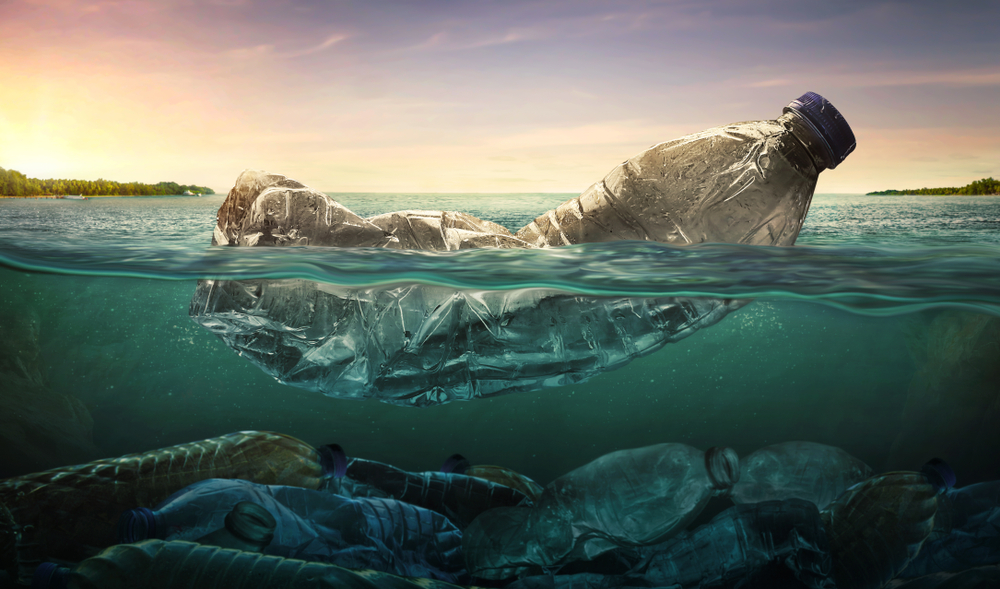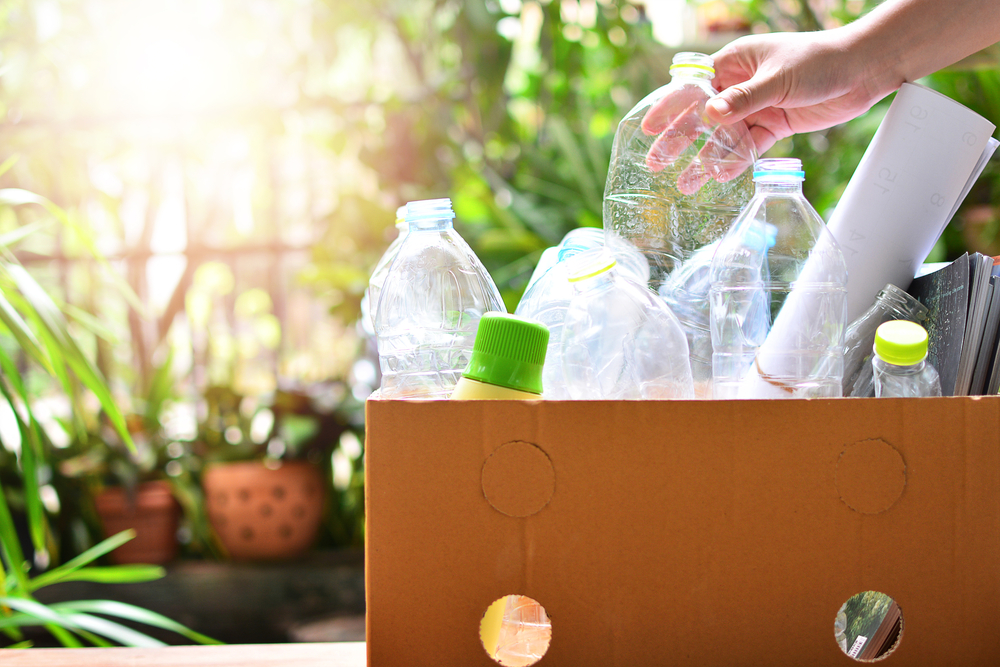Plastic, and its effects are now well documented. Things are changing and it’s becoming surprisingly easier to travel now and avoid single use plastics.
According to National Geographic, “we have a mere 9.2 billion tons of the stuff to deal with. Of that, more than 6.9 billion tons have become waste. And of that waste, a staggering 6.3 billion tons never made it to a recycling bin”. So where did they go? In 2015, Jenna Jambeck, a University of Georgia engineering professor, caught everyone’s attention with a rough estimate: between 5.3 million and 14 million tons each year just from coastal regions. Most of it isn’t thrown off ships, she and her colleagues say, but is dumped carelessly on land or in rivers, mostly in Asia. It’s then blown or washed into the sea.

Travel & Tourism and the world’s oceans are inextricably intertwined. As much as 80% of tourism relates to the coastal areas, and the state of the world’s oceans can no longer handle the amount of plastics pollution entering the water each day. This non-smoke industry brings tourists to vulnerable regions of the world — islands, reefs, and small communities — and in many cases pushes local waste management systems beyond maximum capacity.
To travel and leave a trail not plastic, many campaigns prepared for travelers by environmental activists started. For travelers, minimising the use of plastics brings the impressive effect. From shopping bags to food packaging to bottled drinks, there are opportunities in many areas of your life and travels to limit your use of disposable plastics. Although there are exciting innovations underway aimed at undoing some of the damage from plastics in the environment, travelers still play a very important role in limiting the amount of plastic consumption. As a tour operator, we always advise our travelers 4 ways to eliminate the disposable single-use plastic.
Pack a refillable water bottle
At Mango Tiger we strongly encourage our travellers to pack a refillable water bottle and skip the plastic. In many countries it’s possible to drink water straight from the tap.
Visit Is the water safe to drink to find out where this is possible. In countries where it may not be safe to drink tap water, it is still well worth bringing your refillable water bottle and filling it up from a large water tank or with boiled or filtered/purified water.
Or you can download the RefillMyBottle applications on your phone to get the drinkable water on tap. Based on your GPS location, the RefillMyBottle app will locate the closest water refill station to you and give you directions.
Say no to the free plastic water bottles
Give any single-use plastic water bottles from your accommodation or excursion provider a pass. While well meaning, the single-use plastic bottle is one of the biggest sources of plastic pollution in developing tourist destinations. Opt for refilling your own reusable bottle from the tap, a large water cooler, or use an all-in purification bottle for the days when you’re on the road.
Skip the straw
When ordering a drink in a restaurant, ask for it without a plastic straw or bring your own metal / paper / bamboo straw with you.
Bring your own bag
When shopping for (sustainable) souvenirs or simply groceries, try to always remember to bring your own reusable shopping bags. Many countries have already said no to disposable single-use plastic bags. A tour Mango Tiger operates in the Cham Islands in Vietnam is a great example. Plastic bags are prohibited there, even in the local market.
Things are progressing fast in Vietnam and Asia and there are more and more refill stations so give it a go and travel with a refillable bottle and ditch the plastic!

Thao Huynh,
Sales Manager, Mango Tiger

